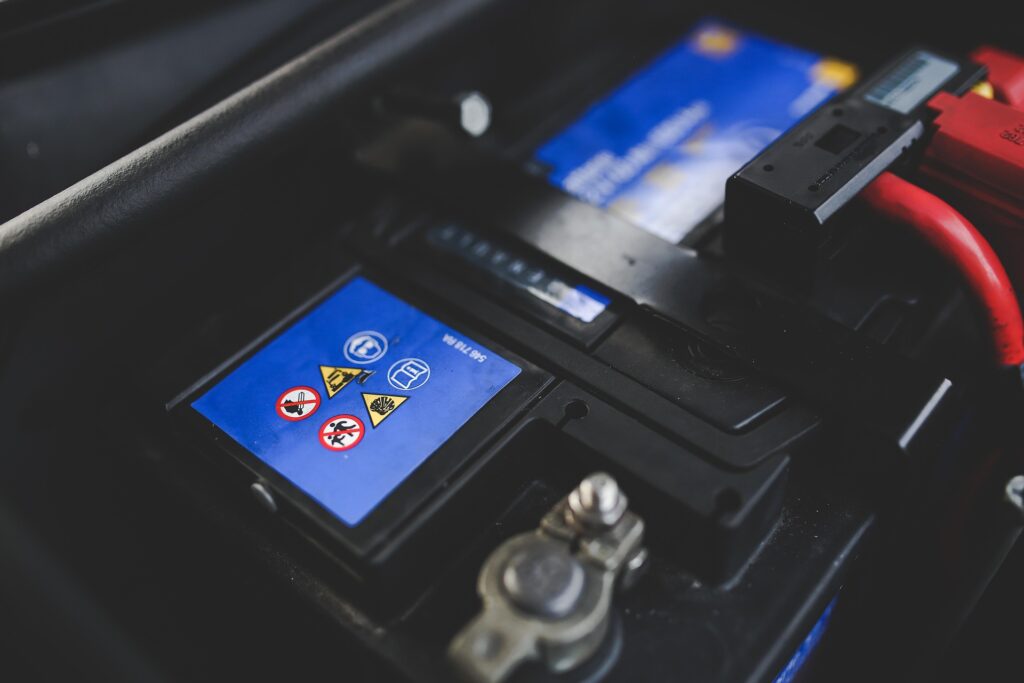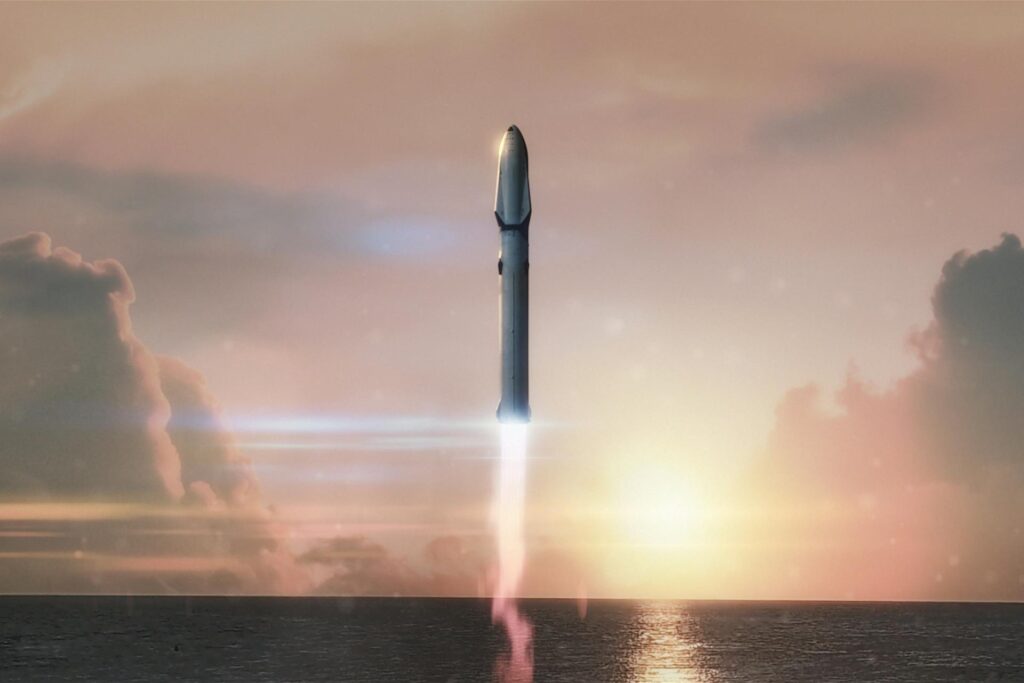Self-driving cars rely on sensors and cameras to detect objects around them. However, current cameras face limitations in speed and accuracy. Now, a revolutionary camera has emerged that identifies objects at the speed of light. This breakthrough could change the future of autonomous driving forever.
How the New Camera Works
This pioneering technology is 200 times faster than existing systems. It utilizes ultra-fast imaging sensors and advanced artificial intelligence. Unlike traditional cameras, it can instantly recognize objects, reducing reaction times and increasing safety.
The camera employs a process known as femtosecond imaging, which captures images at a rate of quadrillions of frames per second. This speed allows it to observe the behavior of light as it interacts with objects, helping to form an instant, highly accurate representation of its surroundings. Additionally, the AI-driven software processes the data in real-time, ensuring the car’s decisions are precise and immediate.
Why This Camera is a Game-Changer
Self-driving vehicles need to process vast amounts of data in real-time. This camera’s ability to recognize objects at the speed of light ensures accurate decision-making. Here’s how it improves the technology:
- Faster Processing: Identifies hazards instantly.
- Better Accuracy: Reduces false detections.
- Enhanced Safety: Prevents accidents more effectively.
- Improved Navigation: Adapts to complex road conditions quickly.
- Increased Reliability: Works in various lighting and weather conditions.
Traditional cameras suffer from issues like motion blur, low light performance, and processing delays. The new speed-of-light camera eliminates these problems, providing a reliable and clear vision system that works even in challenging environments.
The Impact on Autonomous Vehicles
The future of self-driving cars depends on how well they sense their environment. This innovative camera could solve major challenges in the industry:
- Reducing Road Accidents: Faster object identification prevents collisions.
- Handling Unpredictable Situations: Recognizes pedestrians and obstacles better.
- Enhancing Traffic Flow: Smarter responses to signals and other vehicles.
- Overcoming Sensor Limitations: Current systems rely on LiDAR and radar, which have drawbacks.
- Minimizing Latency: Immediate recognition ensures quick reactions.
The introduction of this new camera could set new industry standards for safety and efficiency in autonomous vehicles, paving the way for more widespread adoption of self-driving technology.
Comparing Traditional and New Camera Technologies
| Feature | Traditional Cameras | New Speed-of-Light Camera |
|---|---|---|
| Speed | Limited | 200x faster |
| Accuracy | Moderate | High |
| Object Recognition | Slower | Instant |
| Response Time | Delayed | Immediate |
| Low Light Performance | Poor | Excellent |
| Weather Adaptability | Limited | High |
How This Technology Can Evolve
The applications of this camera extend beyond self-driving cars. It could benefit fields like healthcare, robotics, and security. With ongoing advancements, we may see:
- Better AI Integration: Enhancing machine learning for smarter automation.
- Wider Adoption: Used in drones, surveillance, and industrial automation.
- More Efficient Cities: Improving traffic management systems.
- Space Exploration: Could be used in deep-space probes to enhance vision systems.
- Medical Imaging: Higher precision for detecting diseases and conducting non-invasive procedures.
- Augmented Reality: Enhancing AR applications with real-time object tracking.
- Military and Defense: Providing advanced surveillance and target identification.
- Disaster Management: Helping in search and rescue operations by quickly detecting survivors.
The potential for this technology is vast, making it a promising addition to multiple industries. As research continues, we can expect even more groundbreaking applications.
Challenges and Future Improvements
Despite its groundbreaking capabilities, this technology faces some challenges:
- High Production Costs: Advanced components may be expensive.
- Data Processing Needs: Requires powerful computing systems.
- Weather Adaptability: Needs to function well in extreme conditions.
- Regulatory Approval: Governments need to certify and approve its safety.
- Integration with Existing Systems: Self-driving cars must be re-engineered to incorporate this technology effectively.
- Ethical Considerations: The ability to capture images at such high speeds raises privacy concerns.
- Battery Consumption: Ultra-fast processing may require significant energy, impacting sustainability.
Researchers are actively working on solutions to make this technology more affordable and accessible. As AI continues to evolve, this camera’s capabilities will only improve, making it an essential component in the future of autonomous mobility.
The Future of Autonomous Driving with Ultra-Fast Cameras
The introduction of ultra-fast cameras is just one piece of the puzzle in the journey toward fully autonomous driving. Other advancements in AI, connectivity, and energy efficiency will also play significant roles. However, with the ability to detect objects at the speed of light, this new technology addresses one of the biggest hurdles self-driving cars face today: response time.
With companies like Tesla, Waymo, and other automotive giants pushing for better automation, we could see this camera becoming a standard feature in future vehicles. By combining this innovation with powerful AI, vehicle-to-vehicle communication, and better road infrastructure, self-driving technology will become safer and more reliable.
Governments and regulatory bodies will also need to work on policies to integrate this new technology into road laws. Questions around liability, ethical concerns, and standardization will need to be addressed before mass adoption. However, once implemented correctly, it could mark a new era of transportation safety and efficiency.
FAQs
1. How does this new camera improve self-driving cars?
It identifies objects instantly, reducing reaction times and enhancing safety. This allows autonomous vehicles to make better driving decisions.
2. Is this technology available for commercial use?
Not yet. Researchers are refining it before it becomes widely available. However, several companies are already testing prototypes.
3. Can this camera be used in other industries?
Yes! It has potential applications in healthcare, robotics, security, space exploration, and industrial automation.
4. Will this technology make self-driving cars safer?
Absolutely. Faster object detection means better accident prevention. This camera reduces human-like errors and makes split-second decisions.
5. What are the main challenges of implementing this technology?
High production costs, data processing needs, weather adaptability, regulatory approvals, and integration with existing autonomous vehicle systems.
6. How does this technology compare to LiDAR and radar?
While LiDAR and radar provide depth and distance measurements, this camera offers unparalleled speed and accuracy in object recognition. Combining these technologies could provide the best results for self-driving vehicles.
7. Will this camera replace existing automotive sensors?
Not necessarily. It will likely work alongside LiDAR, radar, and traditional cameras to create a more robust autonomous vehicle system.
8. How soon can we expect this technology in consumer vehicles?
While research and testing are ongoing, industry experts estimate that within the next five to ten years, we could see initial implementations in high-end autonomous vehicles.
This new camera represents a significant leap forward in autonomous driving technology. With ongoing developments, it could soon revolutionize the way we travel, making roads safer and more efficient for everyone.
Related Video
Watch this video for more details.



